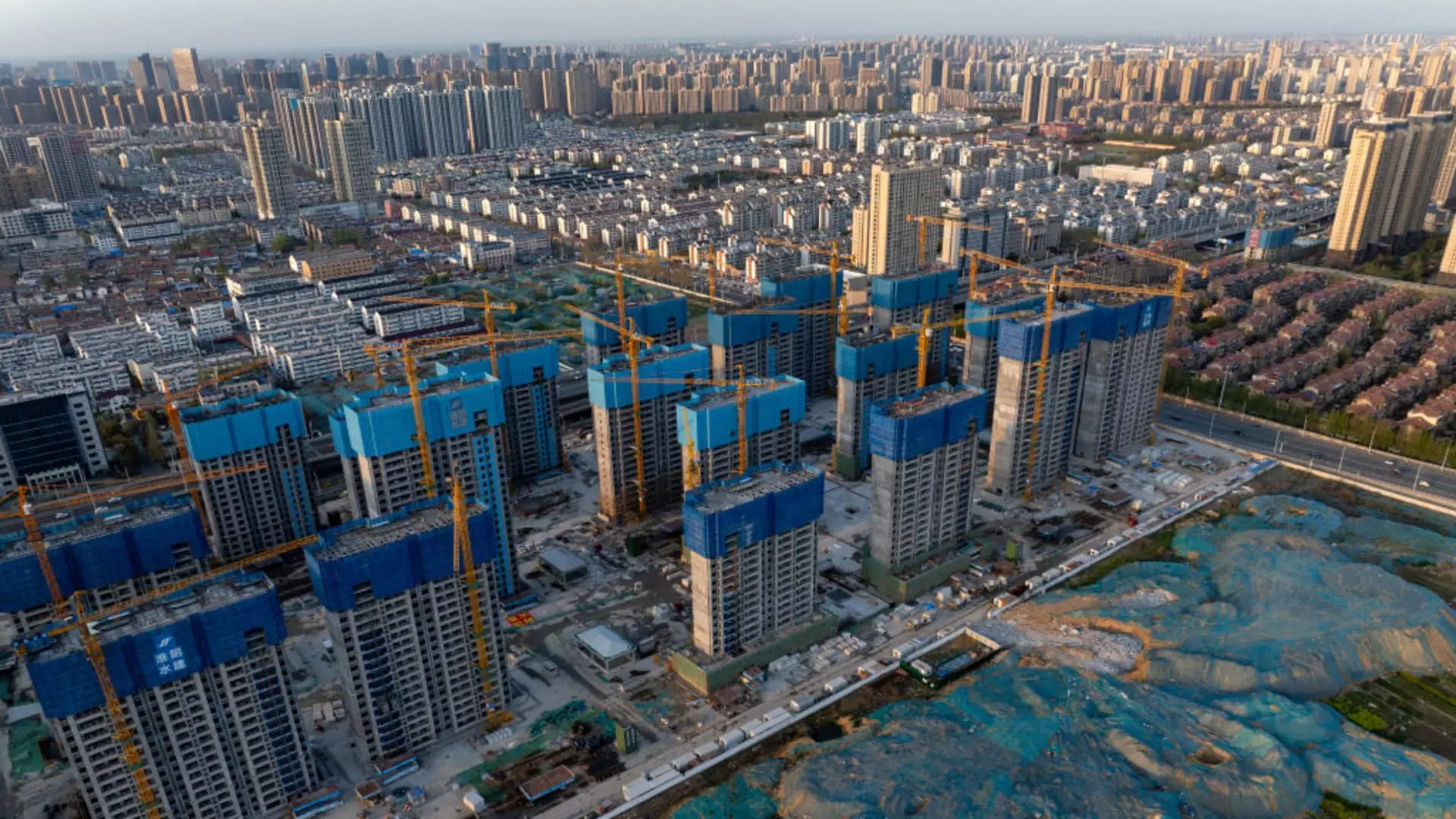The Chief Economist at Nomura Research Institute, Richard Koo, has emphasized that in order for China’s economic activity to thrive, the narrative surrounding home prices must shift to convey an upward trajectory. Business and consumer willingness to take out new loans has been lackluster at the start of the year, with home prices experiencing a sharper decline in January compared to February. This decline raises concerns about the possibility of China entering a “balance sheet recession,” reminiscent of Japan’s economic struggles.
Uncertainty in the Property Market
Despite China’s policy-driven economy, the decline in house prices has not corresponded as expected with other aspects of the property market. Chinese officials have acknowledged that real estate is undergoing an “adjustment” period, while the country is focusing on developing new growth drivers such as manufacturing and new energy vehicles. Real estate and related sectors have historically played a significant role in China’s economy, accounting for at least one-fifth of its GDP.
The recent slump in the property market can be attributed to Beijing’s crackdown on developers’ excessive reliance on debt in 2020, in conjunction with the shock from the Covid-19 pandemic. Additionally, China’s shrinking population presents a unique challenge, as it differs from Japan’s experience where the population decline began much later. This demographic shift makes it difficult to justify a narrative that encourages borrowing and investing in real estate.
China’s economy recorded a growth of 5.2% in 2023, marking the first year post-Covid-19 restrictions. Beijing has set a growth target of around 5% for 2024, a goal that many analysts believe is ambitious without further stimulus. However, Chinese authorities have hesitated to implement large-scale support measures due to past experiences.
Challenges in Implementing Stimulus
Richard Koo highlighted that China’s reluctance to initiate significant stimulus stems from viewing previous efforts as a mistake. Following the global financial crisis, China launched a substantial stimulus package that was met with skepticism and resulted in a significant drop in stock prices. Despite initially driving 12% growth, the continuous stimulus led to overheating, speculative behavior, and corruption.
Future Strategies
Looking ahead, Koo suggests that China should consider stimulating its economy to prevent a balance sheet recession, but cautions that support should be phased out once growth reaches 12%. Although challenging, striking a balance between stimulating economic growth and avoiding unsustainable practices is essential for China’s long-term economic stability.

